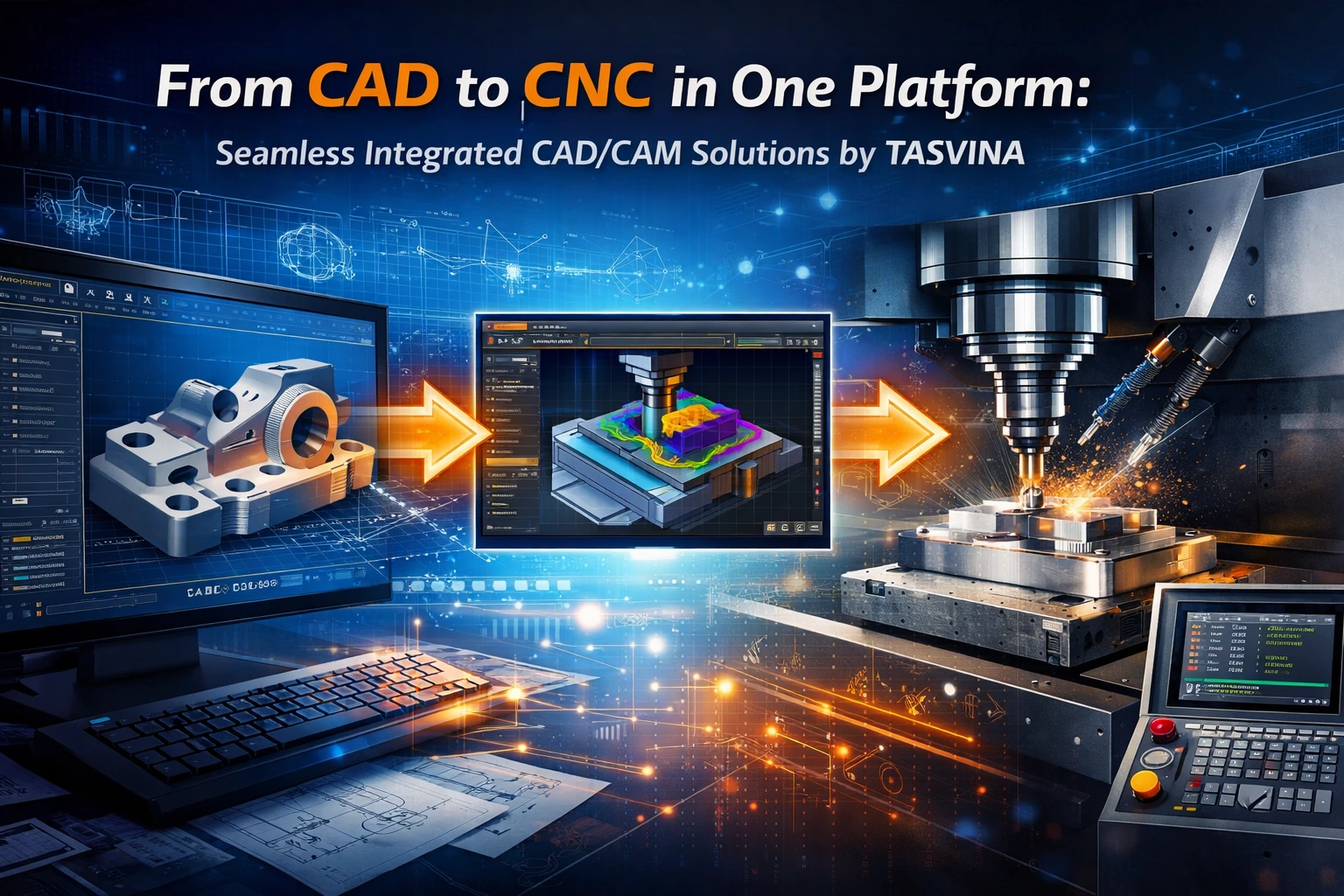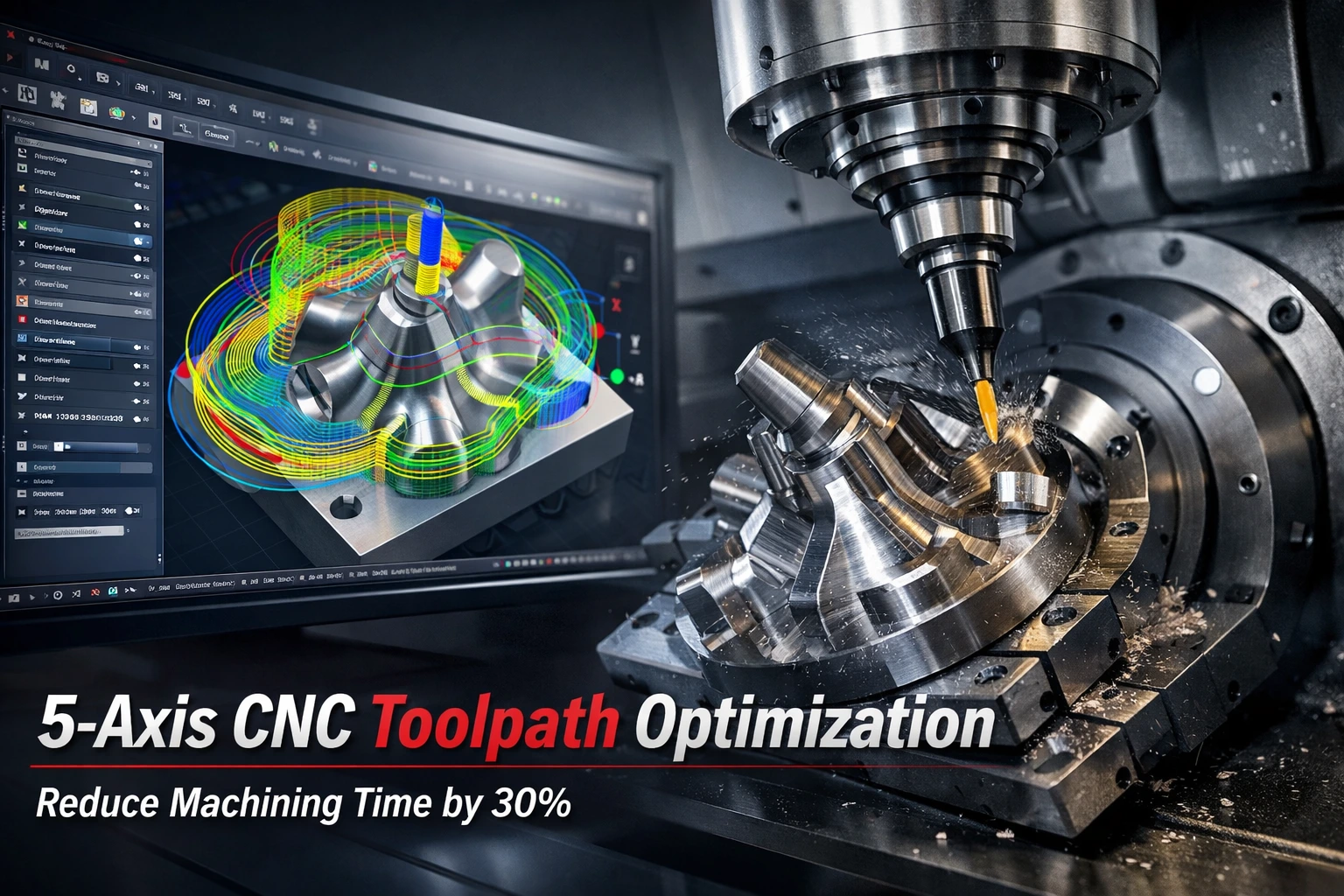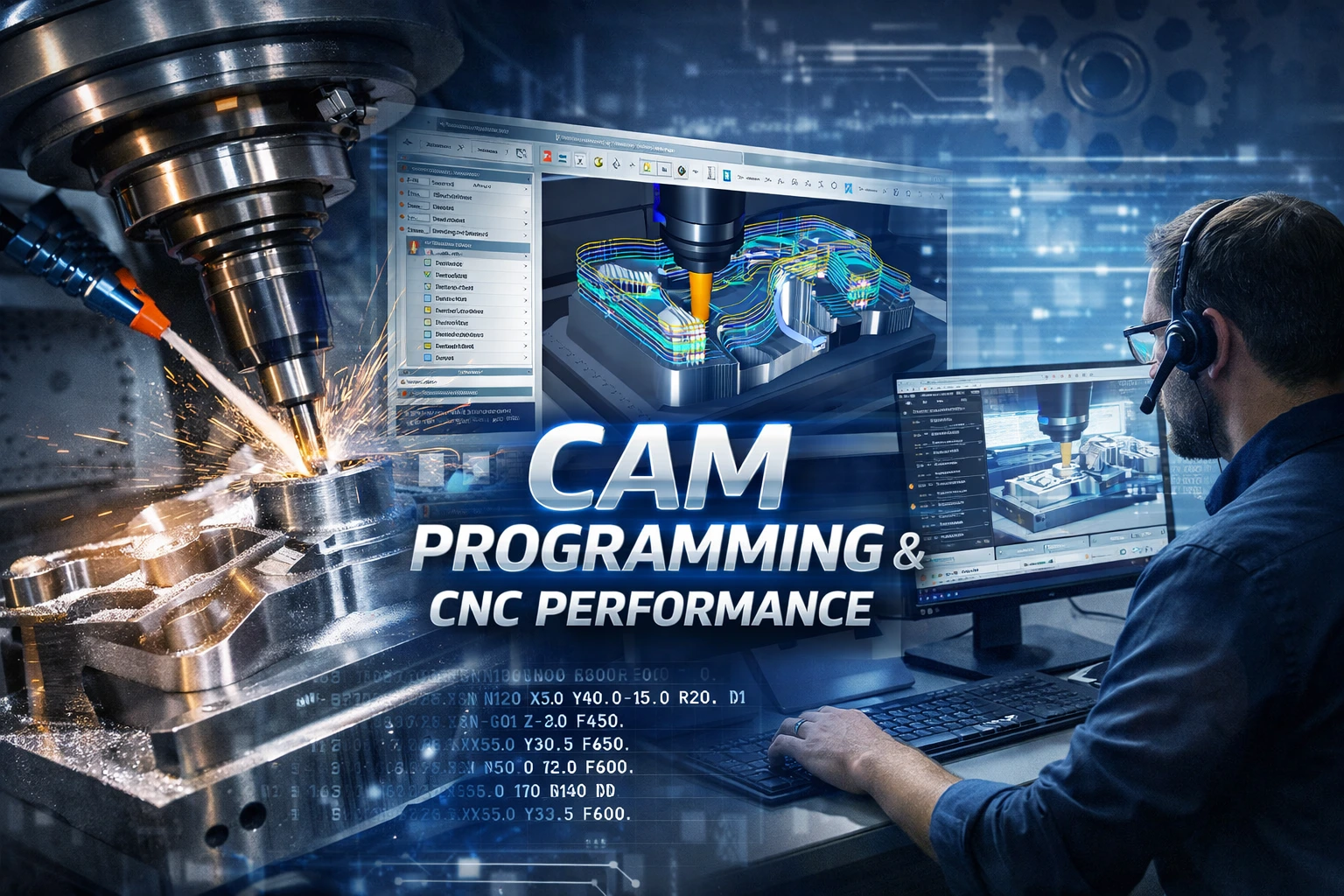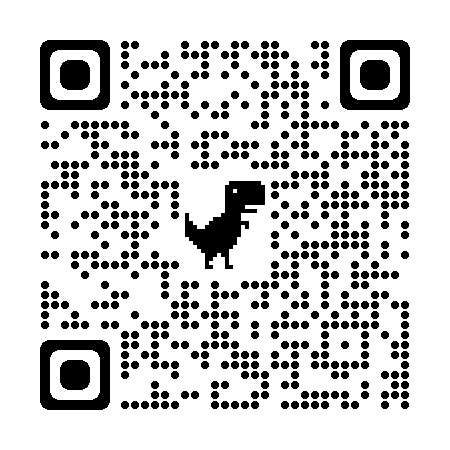Introduction
Over the past decades, the automotive industry has evolved from mechanical engineering to electronics and software. Today, software has become the “heart” of modern vehicles, driving everything from powertrain and safety systems to user experience.
According to McKinsey, software can represent up to 40% of a car’s total value. Therefore, software engineering capability is now a key differentiator among OEMs and suppliers.
1. From Distributed ECUs to Centralized Architectures
Traditionally, each vehicle function was controlled by a separate Electronic Control Unit (ECU) — leading to up to 100 ECUs per car. This caused complexity, high costs, and integration challenges.
Now, the trend is moving toward centralized or domain-based architectures, integrating multiple ECUs into Domain Controllers or Vehicle Central Computers, enabling:
- Simplified wiring and reduced hardware.
- Over-the-Air (OTA) software updates.
- Easier feature integration for ADAS, autonomous driving, and connectivity.
Leading brands like Tesla, BMW, and Mercedes-Benz have adopted centralized architectures to push continuous software updates that enhance performance and user experience.
2. The Rising Importance of Automotive Software
Automotive software can be classified into:
- Control Software: real-time functions in ECUs.
- Middleware: communication and integration layer (e.g., AUTOSAR Classic/Adaptive).
- Application Software: infotainment, ADAS, cloud connectivity.
Emerging trends include:
- Software-Defined Vehicles (SDV).
- IoT and Cloud Integration.
- AI and Machine Learning for autonomy.
- OTA lifecycle management.
3. From ADAS to Autonomous Systems
Advanced Driver Assistance Systems (ADAS) are the foundation of autonomous driving. Features like automatic emergency braking or adaptive cruise control rely on sensor data processing software.
To reach SAE Level 4–5 autonomy, systems must integrate:
- Smart sensors and real-time perception.
- Deep learning-based decision algorithms.
- Sensor fusion and redundancy.
- Safety-critical software validation.
Engineering partners like TASVINA provide Simulation, CAD/CAE/CAM, and Automation solutions that accelerate software development and testing safely and efficiently.
4. Challenges in Automotive Software Development
Key challenges include:
- Safety and reliability (ISO 26262, ASPICE, MISRA).
- System integration complexity.
- Massive codebase maintenance.
- Shortage of automotive software engineers.
Model-Based Design (MBD), Software-in-the-Loop (SiL), and virtualization are helping engineers reduce cost and time while improving reliability.
5. Future Outlook: Software-Defined Vehicles and Edge AI
Tomorrow’s cars will be Software-Defined Vehicles, where features are determined by software rather than hardware.
Updates will:
- Unlock new capabilities remotely.
- Customize user experiences.
- Enable connected, intelligent mobility.
Edge Computing + AI + Cloud integration will make vehicles smarter, safer, and more autonomous.
Conclusion
From ECUs to autonomy, the automotive industry is entering a software-driven era. Companies that embrace simulation, automation, and digitalization will innovate faster, safer, and smarter.
At TASVINA, we partner with global clients to deliver engineering and automation solutions that power the next generation of intelligent vehicles.













